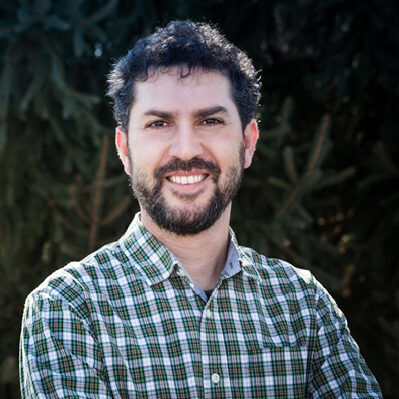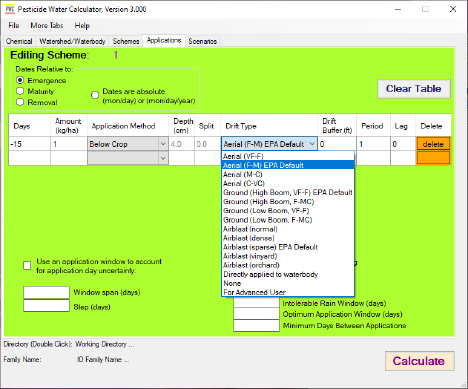Ecological Modeling

Waterborne works towards advancing the development, use, and documentation of applied ecological models in a collaborative effort within our team as well as with our peers, clients, and regulatory agencies.
![]()
Ecological Modeling is
A crucial tool for chemical risk assessment and environmental management
Ecological modeling approaches provide a means for investigating the complex interactions of environmental stressors and their impact on natural resources. By developing and applying mathematical models to describe an ecological system, we are able to examine a network of interactions and run various simulations without expending costly resources required for laboratory or field studies.

Do you have questions about our Ecological Modeling work?
Contact Waterborne's Global Ecological Modeling lead, Nathan Snyder, at snydern@waterborne-env.com.
Chamber Workforce Programs
Our Ecological Modeling Work
Ecological models also have the capacity to focus on various levels of organism complexity, from the individual to the population or entire ecosystem. For these reasons, ecological modeling can be an applied solution to inform regulatory risk assessment questions or to investigate environmental concerns including impacts of climate change, habitat restoration, or multi-stressor concerns.
We understand that ecological modeling is a crucial tool for chemical risk assessment and environmental management. Our ecological modelers combine expertise in multiple modeling approaches, applications of available models and development of novel tools. Our models represent multiple species and habitats, from the sub-organismal level to the population and ecosystem level. We work towards advancing the development, use, and documentation of applied ecological models in a collaborative effort within our team as well as with our peers, clients, and regulatory agencies.
Our expertise is extensive and still growing, including:
- Population Models
- Agent- or individual-based models
- Structured matrix models
- Integral projection models
- Unstructured (ODE) models
- Physiological Modeling
- Dynamic energy budget (DEB) modeling
- Fish bioenergetics
- Functional response
- Effect Modeling
- General unified threshold model for survival (GUTS)
- Toxicokinetic/toxicodynamic (TKTD) modeling
- Dose-response fitting
- Bayesian networks
- Species
- Threatened and endangered species
- Non-target species
- Fish
- Plants
- Honey bees
- Solitary bees
- Amphibians
- Aquatic Invertebrates
- Software
- R Software
- NetLogo
- Matlab
- Mathematica
- R Shiny
- C++
- Development and Documentation
- Model development using PopGUIDE
- Model type choice
- TRACE model documentation
- Good Modeling Practices
- Scientific publications








